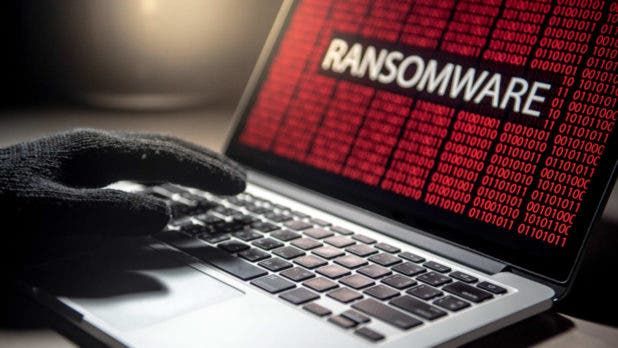The virtual universe has energized modern life. Yes, but it has also involved and imposed new security challenges to counteract the evils and scams that derive from digital.
One of the growing threats in cyberspace is ransomware. A technological infection, malware or malicious program, created by the unscrupulous for the purpose of extortion.
The concept comes from ransom, an English word meaning “rescue.” Ransomware intentionally infects a computer system in order to prevent you from using any of your “hijacked” devices until you have paid the ransom for their release. Although it seems like a metaphor, it is completely real.
And contagion can occur in various ways: by visiting insecure and fraudulent websites, downloading software, mass mailings, etc. According to the information security company Kaspersky “if you click on a malicious link, you could start an automatic download, which, in turn, could lead to an infection.”
There are two categories of ransomware: lockdown (affects basic computer functions) and encryption (encrypts individual files). And these in turn are divided into different types of ransomware: Locky, WannaCry and Bad Rabbit.
You may be interested in: Exchange rate of the dollar and euro for this October 21
How does the trap work?
To begin with, ransomware created by cybercriminals infiltrates the device, encrypting the entire operating system or just some of the files so that you cannot use them freely. And so when they take you like ‘digital hostage’ scammers demand a ransom payment for your data.
This serious threat does not discriminate, since it attacks from common users to companies. According to the report “The State of Ransomware 2021″, from the British company Sophos, specialized in security software and hardware, in 2020 37% of the companies surveyed were affected by ransomware. 32% of companies paid the ransom to get their data back: on average $170,404.
Preventive measures
Prevention is the most effective measure to protect yourself against the latent threat of ransomware.
These are some actions that you can put into practice now to minimize the risks:
- Make regular backups. This will help you keep the data stored on your computers safe.
- Manage your clicks. Avoid opening a questionable link that was sent to you in the mail or clicking on a website that you do not know.
- Be careful. If you receive a strange email, proceed with caution. Don’t open attachments or visit unreliable-looking pages.
- Safeguard your personal information. Don’t divulge your sensitive data over the phone, email, or text messages to keep cybercriminals at bay.
- Take care of your devices. Do not connect storage devices or USB sticks of dubious origin to your computer, which could be infected with ransomware.
- Protect your equipment. Use anti-ransomware software that could save you from paying an exorbitant sum to get your files back.
- Analyze your teams. Regular vulnerability checks will help you reveal if there is an intruder in the system.
- Update your applications with the latest security patches. This way your devices will be more protected against ransomware. Patches minimize the risk of a hacker exploiting vulnerabilities in your applications.
- Be careful with downloads. Don’t download apps or media files from sites you don’t know about. Make sure they are from reliable and verified sites.
If you want to stay up to date on digital security, visit the website popularenlinea.com/pistasdeseguridad.

















